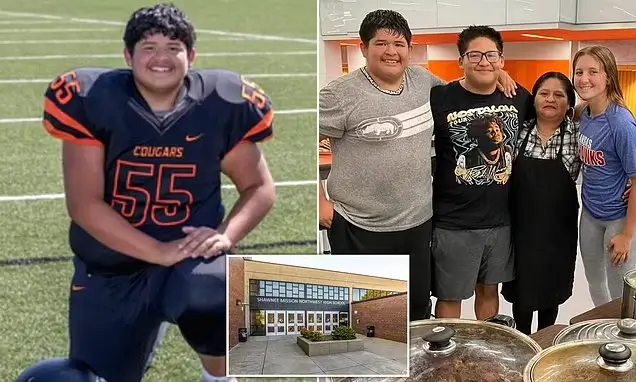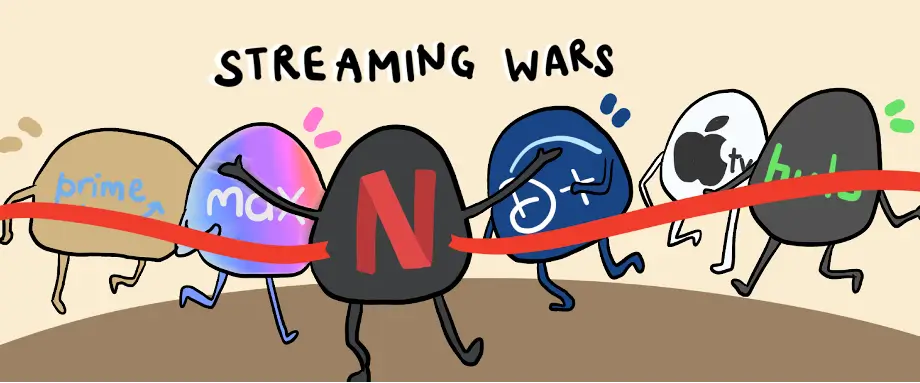Tragically, the death of the Shawnee Mission Northwest student has exposed the severe risks posed by heatstroke, particularly when exercising during extreme weather conditions. Over Gomez Regalado, a 15-year-old student died due to complications related to heat stroke in an off-season exercise in the middle of August. According to reports, an Shawnee mission northwest student dies, was a victim of an emergency medical condition amid a heat advisory, and the heat index reached 112 degrees during the day. This tragic incident is a crucial reminder of the dangers that young athletes face and the essential precautions to be taken to protect them.
The Impact of Heat Stroke on Young Athletes
The tragic death of a Shawnee Mission Northwest student exposes the serious risks young athletes face when performing training in icy conditions. The heat index felt similar to 112 degrees, suggesting extreme weather conditions. For those who participate in physical activities or sports in the off-season, particularly during training, the possibility of suffering from heat stroke significantly increases when temperatures are high. The circumstances that led to the death of the Shawnee Mission Northwest student’s death highlight how crucial it is to put preventative precautions in place to guard athletes from heat-related ailments.
The Role of Emergency Medical Response
Emergency personnel using the ice buckets to decrease Ovet’s temperature underscores the need for immediate and swift action in instances that involve heatstroke. The prompt intervention could be crucial in determining the outcome of a case or death. It appears that emergency responders followed proper procedures when trying to reduce the teen’s body temperature. However, the seriousness of the situation and the fact that Ovet’s body temperature was elevated (104.6 degrees in spite of being cooled) indicates it was likely that the heatstroke already entered a critical phase when it was discovered. The tragic accident that took place, which involved students from the Shawnee Mission Northwest student, emphasizes the necessity of immediate cooling measures on the spot where the tragedy occurred.
Heat Advisories and School Preparedness
A heat warning was issued on the day of the Ovet’s training to make it clear that the conditions for the day were dangerous. This highlights the responsibilities of schools and athletic teams to be aware of the weather conditions and alter their activities according to the weather. Many athletic departments have heat guidelines; however, insufficient enforcement or knowledge exists. The death of the Shawnee Mission Northwest student raises the question of whether or not the workout could have been delayed or changed in light of the advisory about the heat. Coaches and schools must ensure that workouts in severe weather are scheduled to be rescheduled or conducted in safer conditions.
Autopsy Findings and What They Reveal
The autopsy report that revealed the body temperature of Ovet was 104.6 degrees even after cooling techniques were applied is tragic as well as instructive. It reveals that despite initial attempts to cool down, the body temperature was excessively high, indicating the dangers of a severe heatstroke and how difficult it is to reverse its effects after it has reached such high levels. The loss of the Shawnee Mission Northwest student emphasizes the importance of recognizing and acting on symptoms of heat-related illness in the beginning because the transition from exhaustion from heat to heat stroke may occur fast, as shown in this instance.
The Need for Policy Changes and Safety Measures
This tragedy could prompt more discussions about improving safety procedures for students, particularly in regions susceptible to extreme temperatures. This incident will likely cause an assessment of the current policies governing the issue of heat advisories, emergency medical procedures, and the physical safety of athletes. The aftermath of a Shawnee Mission Northwest student’s death should be an opportunity for schools to look over and revise their policies to deal with extreme weather conditions that can occur during sporting events.
A Call for Awareness and Education
The death of Ovet is a reminder of the need to raise awareness regarding heat-related diseases not only among children and teachers but also coaches as well as parents and administrators. It is imperative to make an overall effort to ensure that security procedures are followed and the dangers of heat stroke are well-known. This tragic Shawnee Mission Northwest victim incident highlights the fact the need for awareness and action on all levels to ensure the safety of young athletes.
Conclusion
The tragic death of Ovet Gomez Regalado Shawnee Ovet Gomez Regalado, a Mission Northwest student, was a devastating reminder of the dangers that can be posed through extreme temperatures, mainly when you are working out. This is a stark warning, although we tend to focus on athletics’ technical and physical aspects. We need to be sure that safety measures are at the top of the list for athletes’ activities. A proper hydration regimen, temperature monitoring, and emergency preparation are crucial to protect athletes under these conditions.
More to Read: Kelly Bates Asks Supporters not to take out their Anger on NBC 10






